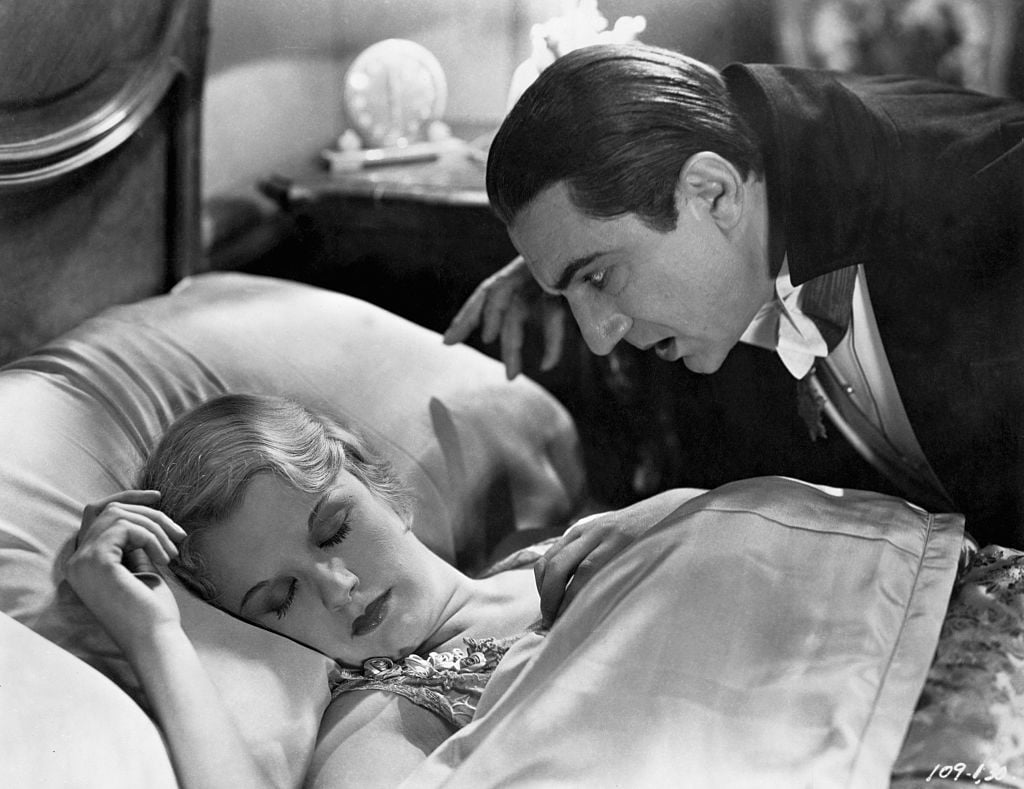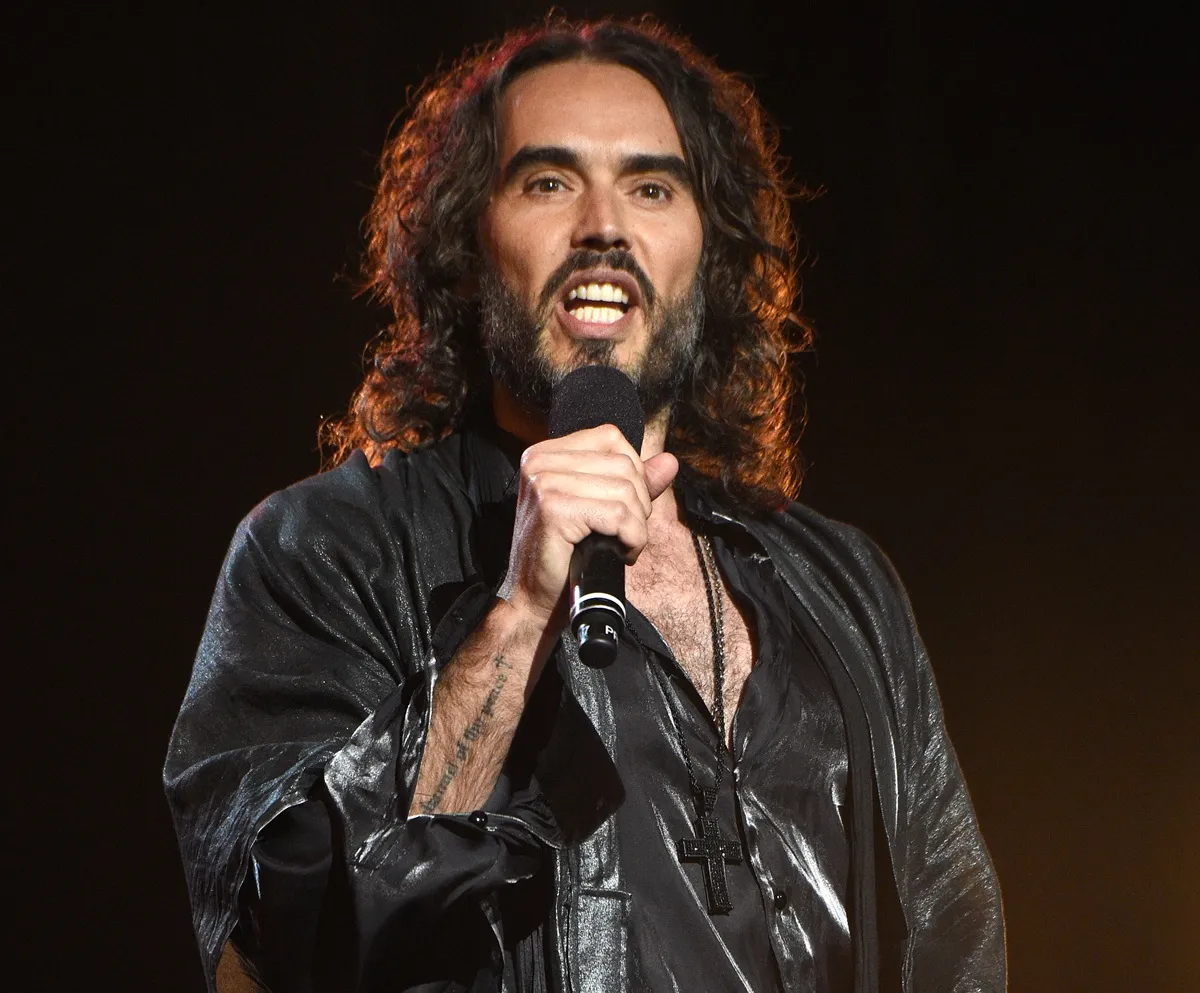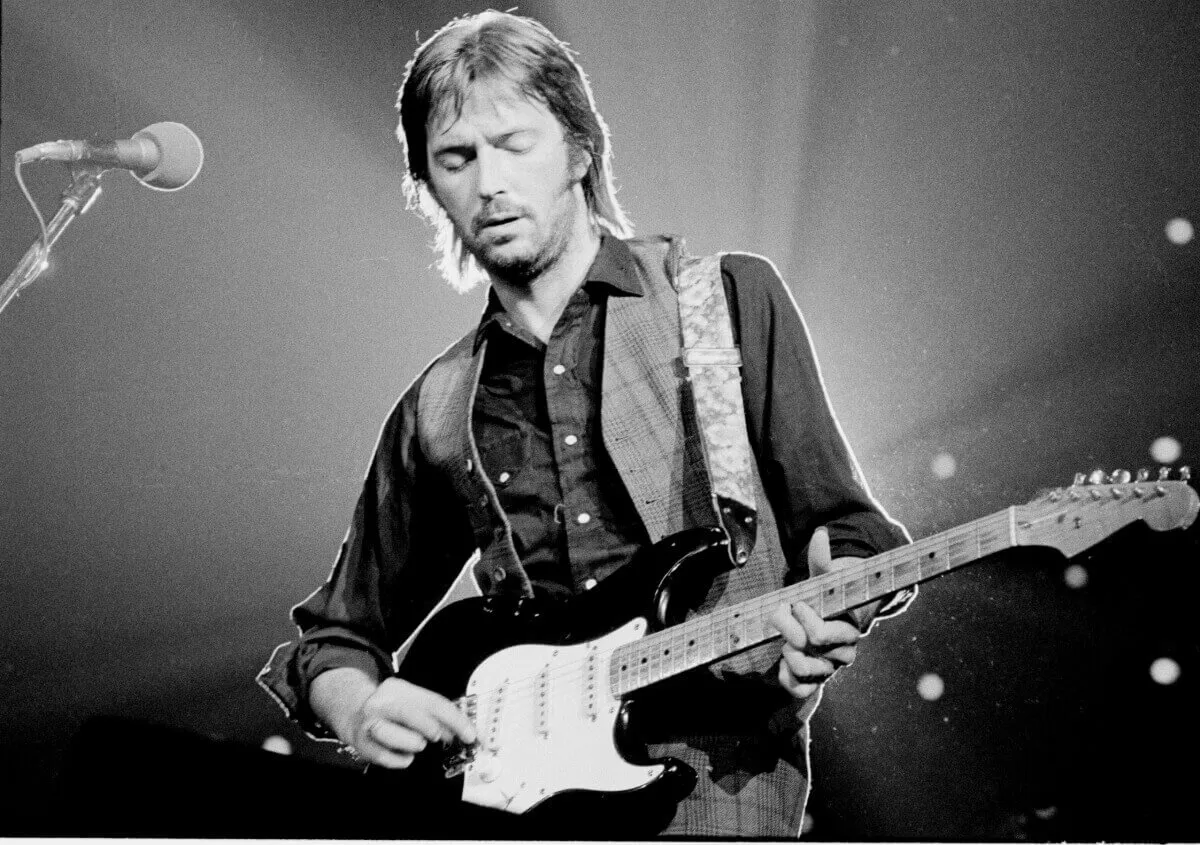Universal Monsters: Which Movie Launched Hollywood’s Very First Shared Universe?
Beware: the Universal Monsters are coming for you.
The stakes don’t get much bigger than the universe. So, in a sense, it feels right that Hollywood would find its way to embracing the concept of a shared cinematic universe. Marvel Studios, of course, now typifies this approach. And franchises like the DC Extended Universe, The Conjuring universe, and the Godzilla-led MonsterVerse have followed suit.
But Marvel didn’t invent the notion of uniting individual stories under a shared continuity. That honor goes to the Universal Monsters. With a line-up that includes Dracula, Frankenstein’s monster, the Wolf Man and the Mummy, these supernatural baddies were wreaking havoc on the big screen long before Nick Fury sauntered through Tony Stark’s penthouse.

‘The Invisible Man’ means the ‘Dark Universe’ now has a bright future
The classic Universal monsters date back to the early days of cinema. However, true to their nature, they’ve never truly stayed dead. Over the years, the studio has attempted to relaunch either individual properties or the whole terrifying package. Sometimes these efforts work (e.g., 1999’s The Mummy), and other times they crash and burn (e.g., 2017’s The Mummy).
In recent years, Universal’s attempt at a Marvel-esque franchise — known as the Dark Universe — has been the butt of countless jokes. Yet, now the studio finds itself in the opposite position. With The Invisible Man a low-budget hit, the question has now become not if the Universal Monsters will rise again but when.
By stripping the horror elements down, writer/director Leigh Whannell effortlessly reinvents 1933’s The Invisible Man for modern audiences. Once upon a time, Johnny Depp was set to headline the project during its Dark Universe days. But we can’t imagine his take on The Invisible Man would have made the same impact as Whannell’s. How ironic that the villain no one can see succeeded where more famous monsters have failed?
The Universal Classic Monsters date back to cinema’s earliest days
From the 1930s to the 1950s, Universal owned the concept of the monster movie. Beginning with 1931’s Dracula — starring the iconic Bela Lugosi — Universal began to build an interconnected “world of gods and monsters.” By the early 1940s, audiences had met all the principal Universal Monsters.
Lugosi’s Dracula and Boris Karloff’s Frankenstein’s monster arguably became the most recognizable faces of the Universal Monsters series. But neither character was truly the first one to kick off cinema’s first shared universe. So which movie was responsible? That answer gets a little complicated.
But which Universal monster movie started the entire series?
Before it was renamed Universal Studios, the company was first known as Independent Moving Pictures. Up to that point, IMP only released one horror film, 1913’s Dr. Jekyll and Mr. Hyde. But seeing as this significantly predates the rest of the films and the formation of Universal itself, it’s often not counted part of the Universal Monsters slate.
So the question of which movie started the Universal Monsters boils down to one’s definition of a horror movie. Some consider 1923’s silent The Hunchback of Notre Dame to be the pioneer. Meanwhile, others credit another silent movie, 1925’s The Phantom of the Opera, with creating the Universal Monsters.
In any case, the studio decided wholeheartedly to commit to monster movies starting with 1931’s Dracula. Partly because modern audiences are less interested in silent films and partly due to Lugosi’s iconic performance, some sources — including Universal’s own massive 30-film boxed set — start cleanly with Dracula. But don’t let them rewrite history. Quasimodo and the Phantom are locked in an eternal stalemate over that distinction.


